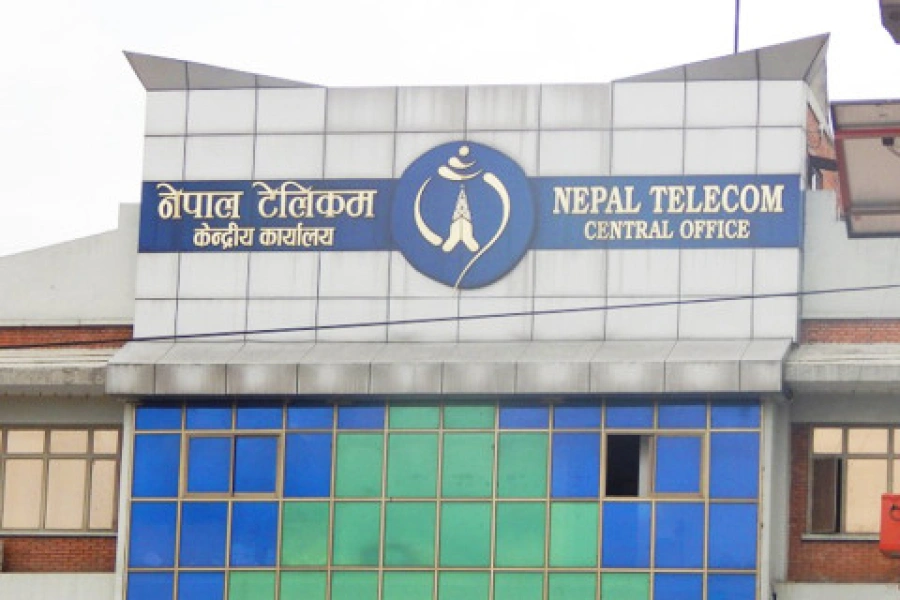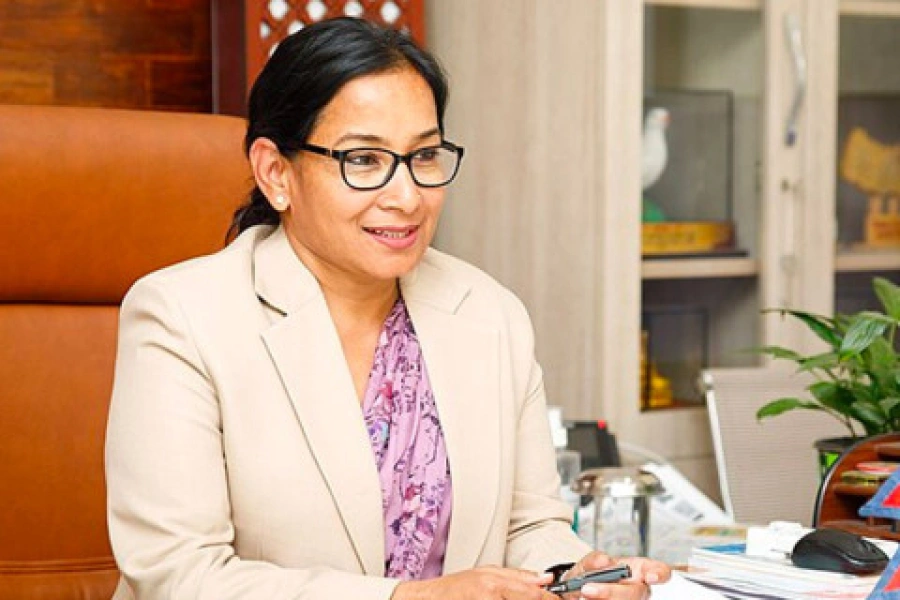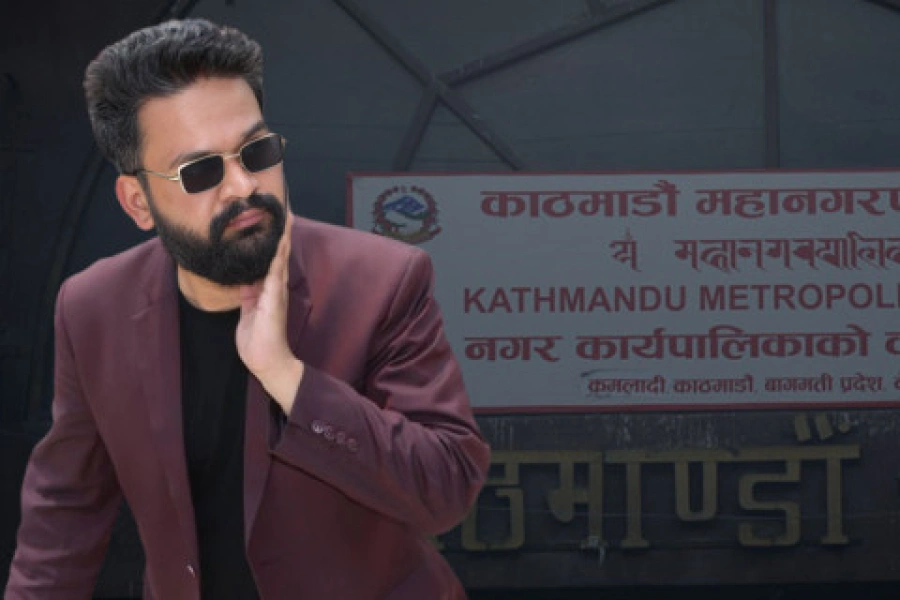While the state should create the environment to preserve and promote indigenous languages, indigenous communities themselves should also commit to the preservation and revitalization of their languages.
There are many theories regarding the origin of language. Some say it began with pronouncing easiest syllables. Others say body movement that preceded language, and yet others claim that it began with the imitations of the sounds of nature. Whatsoever the origin, one thing that all theorists and people believing in such theories agree to is that language developed as the means of communication and expression. It is also an important tool to preserve and promote cultural heritage, as it is through language that most of the intangible cultural heritages are passed on from generations to generations. It binds communities together, describes their attachment with the cultural heritage they follow, and interprets the cultural activities they observe. Indigenous language in this sense is vital in preserving indigenous culture and identity. Furthermore, the indigenous knowledge system that links the indigenous communities with their land can survive only with survival of their language. It plays crucial role in their self-determination.
Nepal is a home to nearly 131 indigenous languages spoken by more than 125 ethnic groups as their mother tongues, making the country multi-ethnic and multi-lingual. However, many of these languages are on the endangered list. In the UN Conference on Indigenous Languages that took place in January 2016, it was discussed that the spoken languages are disappearing around the world at an alarming rate, with one language becoming extinct in every two weeks. In Nepal too, some of the indigenous languages have already vanished with no hope of recovery and many of them are on the verge of extinction with just a handful of speakers. It is rather unfortunate that 71 languages of Nepal have been listed in UNESCO Atlas of the World’s Languages in Danger, their vitality ranging from vulnerable to endangered to extinct.
So when did the languages of Nepal face crisis? Beginning point can be traced to the time when King Prithvi Narayan Shah unified modern Nepal. Since then, the governments of Nepal have been predominantly led by the people from non-indigenous communities, particularly Khas-Arya people. Dr Ram Ashish Giri in his research paper titled Languages and Language Politics (2011) has stated that “the ruling elites, who have held power since Nepal’s inception in eighteenth century, have conducted an invisible politics of privileging languages and of deliberately ignoring issues related to minority and ethnic languages to promote the languages of their choice.”
Gurung and Magar languages to be made official languages

Furthermore, King Mahendra made Nepali lingua franca of the country, pushing indigenous languages to the periphery. Globalization further exacerbated the extinction of indigenous languages, along with the dominance of certain languages like English. This has led to the situation of parents not transferring their language to their children, thinking that in the long run, it is the dominant language that will come handy.
While the state policies at the moment are directed toward promoting and preserving indigenous languages, we have not tried to find why we are losing our languages. The Constitution of Nepal has guaranteed that there shall be no discrimination on the basis of the language and that all languages spoken as the mother tongues in Nepal are the language of Nepal. Article 32 further states that every person and community shall have the right to use their language and protect and promote it. The main task of Language Commission, established in 2016, is to formulate necessary programs for the protection, promotion and development of mother tongues. However, the Language Commission is yet to decide on the languages for official use in the provinces, since the representatives from each province are yet to be appointed in the Commission.
So how can the indigenous languages of Nepal be preserved? Documentation of the indigenous languages, by prioritizing those on the verge of extinction, can be the primary step toward the right direction. These documents need to be made accessible to the general public as widely as possible. Recently the Language Commission found out eight more languages. It is good that the new languages have been identified, but old ones are becoming extinct.
Right to education in mother tongue still remains unrealized in the education system of Nepal as it is dominated by Nepali language in rural areas and English language in urban areas. In urban schools, students are forced to speak English. They are punished if they speak in Nepali, let alone their mother tongues. Nepal is a signatory to International Labor Organization Convention 169, the Child Right Convention 1989 and the United Nations Declaration for the Rights of Indigenous People 2007, which clearly state that education in mother tongue is a basic human right. Ironically, Nepali children have not been able to exercise their right to learn in their mother tongues.
Nepal should create such an environment whereby the students can speak in their mother tongues without the fear of being punished in schools in other academic settings. Local governments can introduce indigenous languages in school curriculum. The recent decision of Kathmandu Metropolitan City to teach Nepal Bhasa in schools is praiseworthy in this regard.
In the digital age, social media platforms can be used to disseminate knowledge on indigenous languages. Contents related to indigenous language, its usages and expressions can be created and shared, making it easily accessible to all. Callijatra, a team working to preserve and promote Nepal Bhasa, came up with a one-minute tutorial in Nepal Bhasa in You Tube recently. This has gained popularity among youths.
The government of Nepal should come up with more inclusive language policy, accommodating all the indigenous languages of the country. It should conduct activities to further implement such policies, starting from the community level. While the state should create the environment to preserve and promote indigenous languages, indigenous communities themselves should also commit to the preservation and revitalization of their languages. Until and unless the individuals, families and communities use their native languages themselves and pass on to future generations, it will be difficult to preserve indigenous languages.
Death of any indigenous language is an irrevocable loss to heritage and cultural identity. Let’s protect our indigenous languages, before we lose them all.



































